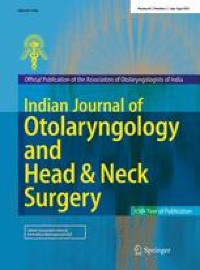Introduction: Squamous cell carcinoma is the most common cancer of the oral cavity. When the tumor invades the bone tissue, the prognostic and survival rates decrease a lot, and the treatment becomes more aggressive, with several damages to the patient and health system. Many of the molecular mechanisms of bone invasion process are not understood yet, but it is already known that one of central processes of tumor evolution – adjacent tissues invasion and metastasis – is a la rge spectrum of phenotypic changes in epithelial cells to mesenchymal, in a process named as epithelial-mesenchymal transition (EMT). Loss of E-cadherin, an important epithelial cell adhesion protein, is a hallmark of this phenomenon. The objective of this retrospective study is to evaluate the expression of E-cadherin protein, comparing its distribution with clinical characteristics of the patients and possibly relation to EMT.
Methods: Sixty-two cases with respective clinical data were analyzed by comparing immunohistochemical, H and E staining, and clinical data, observing the tumor-bone interface (TBI) and the surrounding tumor that had no direct contact with the bone surface (ST).
Results: Forty cases were positive for E-cadherin (64%) with a heterogeneous pattern. Statistical analysis showed a significant difference between the presence of E-cadherin expression and tobacco smokers. Also, the equal or weaker protein expression in the ST than TBI is r elated to a worse overall survival. No statistically significant difference in other prognostic factors was observed.
Conclusion: Our results suggest that the tumor cells that interact with the bone tissue could gain molecular changes, like partial EMT and osteoclastogenesis induction, which facilitate their migration and increase the bone resorption, resulting in a worse patient's prognosis.
ORL






